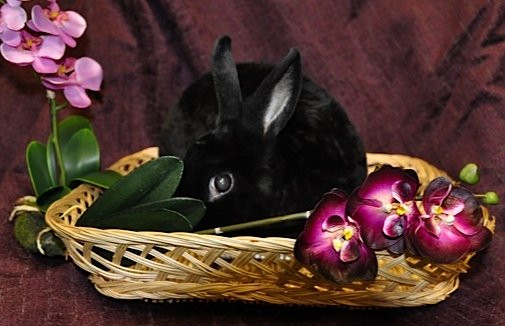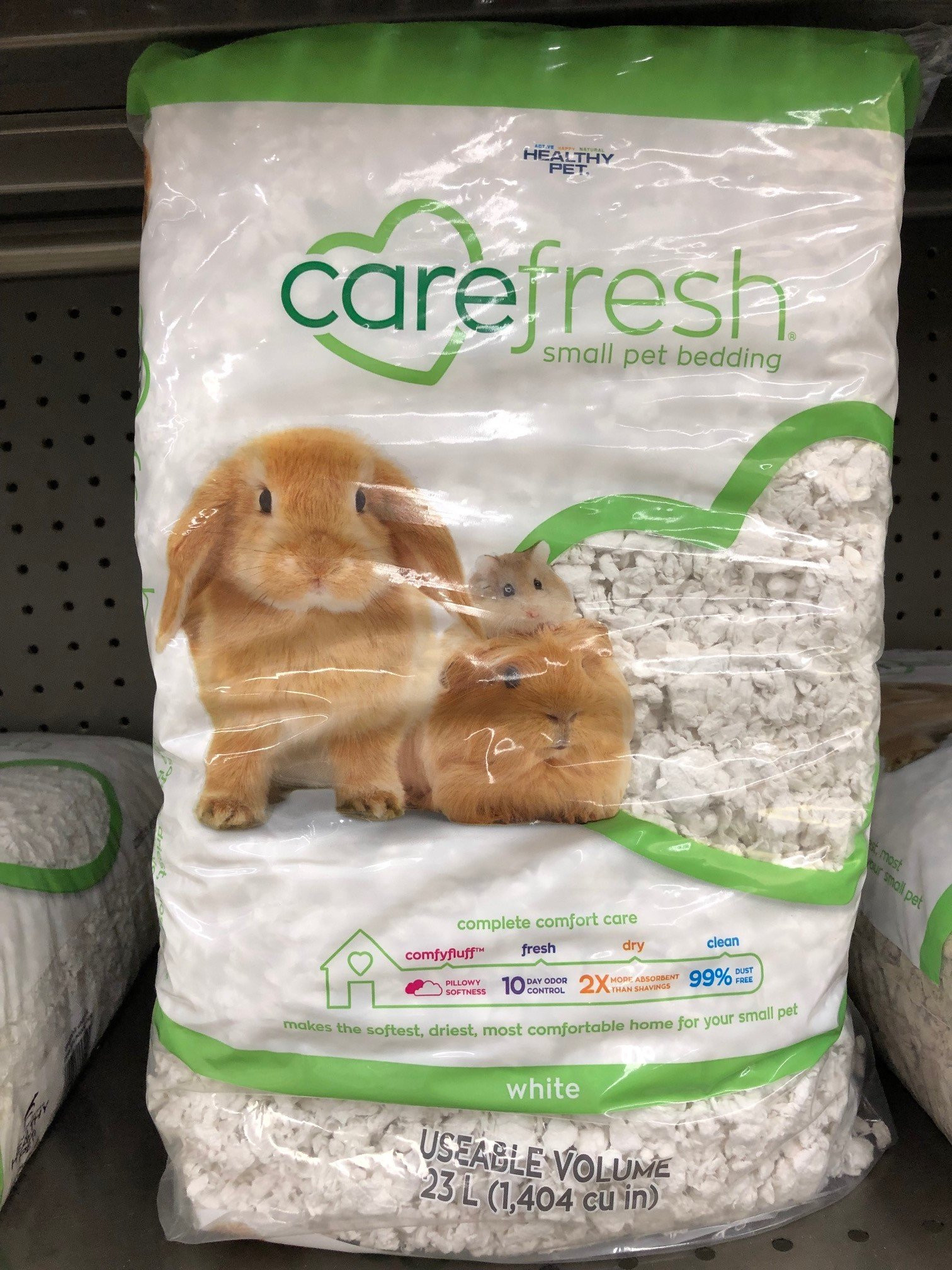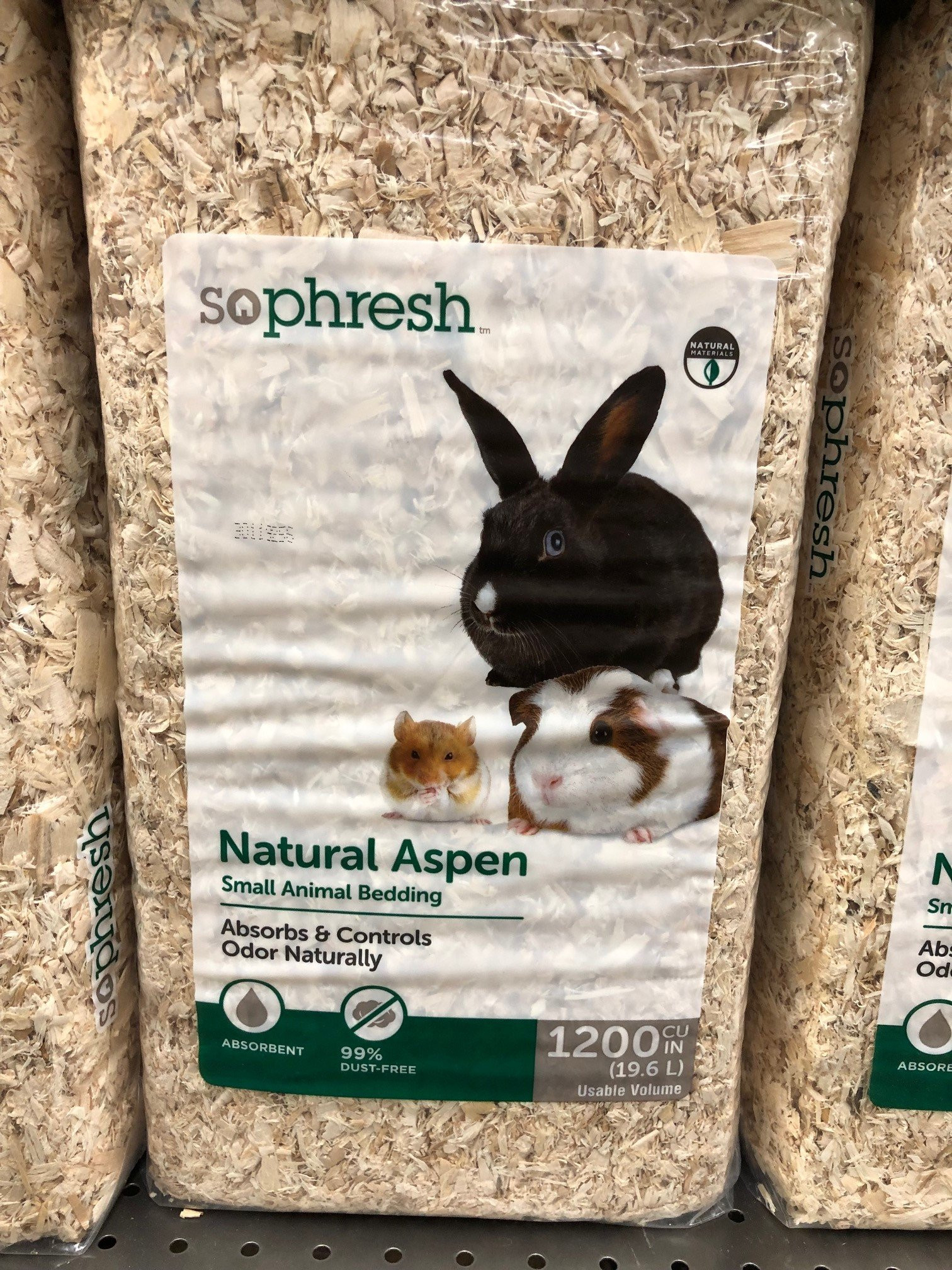Bringing a rabbit into your home is a joy, and ensuring their health and happiness is a top priority. One crucial aspect of rabbit care is selecting the right type of litter for their litter box. While cat litter might seem like a convenient option, it’s vital to understand why Rabbits And Cat Litter are a dangerous combination. This guide will explain why cat litter is unsafe for rabbits and explore the best, rabbit-safe alternatives to keep your furry friend healthy and comfortable.
The Dangers of Cat Litter for Rabbits
Cat litter, designed for cats, poses several significant health risks to rabbits. Understanding these dangers is the first step in making informed decisions about your rabbit’s litter box.
Clumping Cat Litter: A Severe Threat
The most significant danger lies in clumping cat litter. This type of litter is engineered to solidify when wet, making it easy for cat owners to scoop and clean. However, this clumping action becomes life-threatening if a rabbit ingests it.
Rabbits are natural groomers and curious explorers, often tasting or nibbling at things in their environment, including their litter. If a rabbit ingests clumping cat litter, even a small amount, the litter can clump inside their digestive system, causing a severe intestinal blockage.
Intestinal blockages in rabbits are medical emergencies. They are incredibly painful and can quickly become fatal. Surgery is often required to remove the blockage, and even with prompt veterinary care, the outcome is not always guaranteed. Therefore, clumping cat litter should absolutely never be used for rabbits.
Dust and Respiratory Issues
Even non-clumping cat litters often present problems. Many cat litters, particularly clay-based varieties, are very dusty. Rabbits have sensitive respiratory systems, and inhaling litter dust can lead to respiratory irritation and infections. Chronic exposure to dust can contribute to ongoing respiratory issues, impacting your rabbit’s overall health and well-being.
Harmful Ingredients
Some cat litters contain additives like deodorants or chemicals designed to mask odors. These ingredients can be harmful to rabbits if ingested or inhaled. Rabbits are more sensitive to chemical smells than cats, and these additives can cause respiratory distress or other adverse reactions.
 Luna the rabbit, photographed at BunnyLuv Rabbit Resource Center, showcasing a curious and gentle nature.
Luna the rabbit, photographed at BunnyLuv Rabbit Resource Center, showcasing a curious and gentle nature.
Litters to Absolutely Avoid for Rabbits
Beyond cat litter, several other types of bedding and litter are unsafe for rabbits and should be avoided:
-
Pine and Cedar Shavings: While they might smell pleasant, pine and cedar shavings are softwood shavings that release phenols. These phenols can negatively impact a rabbit’s liver enzymes, affecting their ability to process medications and making medical treatments less effective and predictable. This is a concern for all small pets, including rabbits, guinea pigs, and chinchillas. While kiln-dried pine is sometimes considered safer due to reduced phenols, it’s generally best to avoid pine and cedar altogether to eliminate any risk.
-
Corn Cob Litter: Corn cob-based litters are not absorbent enough for rabbit urine and odors. More importantly, if ingested, corn cob litter poses a high risk of causing intestinal obstructions, similar to clumping cat litter. This can lead to severe pain and potentially death for your rabbit.
Safe and Suitable Litter Options for Rabbits
Now that we’ve covered what to avoid, let’s explore safe and effective litter options for your rabbit. Generally, rabbit-safe litters fall into two main categories: paper-based and wood-based.
Paper-Based Litters: A Popular and Safe Choice
Paper-based litters are a widely recommended and readily available option for rabbits. They are typically made from recycled paper fibers, making them environmentally friendly, biodegradable, and compostable. Most brands advertise them as dust-free and free from artificial colors, additives, or bleach, ensuring your rabbit’s safety.
Paper-based litters come in various forms, including fluffy bedding and pellets. Both types are safe for rabbits, even if accidentally ingested in small amounts. They are designed to be absorbent, controlling urine and odors effectively.
Recommended Paper-Based Litters:
- Recycled Paper Bedding (like Carefresh): This type is widely available in pet stores and online. It comes in different colors and package sizes. It’s soft, absorbent, and safe for rabbits.
 Carefresh paper-based litter displayed in its packaging, highlighting its popularity and accessibility in pet stores.
Carefresh paper-based litter displayed in its packaging, highlighting its popularity and accessibility in pet stores.
- Back-to-Nature: A pelleted recycled paper bedding, Back-to-Nature is known for its excellent urine and odor absorption compared to other similar brands. Many rabbit owners find it to be a superior choice in terms of performance.
Things to Watch Out For:
-
Baking Soda: Avoid paper-based litters that contain baking soda, which is sometimes added as an odor control agent. While a rabbit would need to consume a large quantity for it to be acutely toxic, it’s best to err on the side of caution and choose baking soda-free options.
-
Scented Litters: While lavender or other natural scents might seem appealing, it’s generally best to avoid scented litters. Rabbits have sensitive respiratory systems, and even natural fragrances could potentially cause irritation.
Wood-Based Litters: Hardwood Options
Wood-based litters can also be safe for rabbits, provided you choose the right type of wood. The key is to stick to hardwoods and avoid softwoods like pine and cedar (as discussed earlier).
Safe Wood-Based Litters:
- Aspen Shavings: Aspen is a hardwood that is safe for rabbits and other small animals. Aspen shavings are readily available in most pet stores.
 Aspen wood shavings, showcasing a safe hardwood bedding option for rabbits and small animals.
Aspen wood shavings, showcasing a safe hardwood bedding option for rabbits and small animals.
- Hardwood Pellets (Wood Stove Pellets – Unadditized): Wood pellets designed for wood stoves or grills (ensure they are unadditized and free from accelerants, propellants, binders, or chemicals) can be a cost-effective litter option. These pellets break down when wet and are effective at controlling odors. They are typically made from hardwoods or kiln-dried pine (which is safer after kiln-drying). You can find them at hardware stores, especially during colder seasons, or at feed stores as horse stall bedding.
Unsafe Wood-Based Litters:
- Pine and Cedar: Reiterate avoidance of pine and cedar shavings due to phenol content.
Alternative Litter Materials
Beyond paper and wood, some other materials can be used as rabbit litter:
- Wheat and Straw-Based Litters: Pelleted wheat or straw litters are available and can be safe options.
- Coconut Fiber or Walnut Shell Litters: These are newer, more natural options that are biodegradable and dust-free. Walnut shell litter, in particular, is gaining popularity.
When considering alternative litters, always ensure they are free from harmful additives and are designed for small animals or are clearly stated as safe for rabbits. Checking the cat litter aisle can sometimes reveal suitable options, but always double-check the ingredients and ensure they are non-clumping and additive-free.
How to Use Rabbit Litter Effectively
Regardless of the type of rabbit-safe litter you choose, using it correctly will maximize its effectiveness and your rabbit’s comfort.
-
Litter Depth: You don’t need to fill the litter box deeply. For fluffy paper bedding, aim for about 1/2 to 1 inch covering the bottom. For shavings or pelleted litter, a thinner layer that just covers the bottom is sufficient. You can add more if needed for better odor control.
-
Absorbency: Rabbit-safe litters are designed to expand when wet, trapping urine and odors. This helps keep the litter box cleaner and fresher for longer.
-
Regular Changes: Even with the best litter, regular cleaning is essential. How often you need to change the litter box depends on the size of the box, the number of rabbits using it, and the type of litter. Paper-based litters and wood pellets generally offer good odor control and can be changed every few days. Newspaper or flyer-based litter needs more frequent changes (every 2-3 days) due to less effective odor absorption.
By understanding the dangers of rabbits and cat litter and choosing a safe alternative, you’re taking a significant step in ensuring your bunny’s health and happiness. Selecting the right litter, combined with proper litter box hygiene, will contribute to a clean, comfortable, and healthy environment for your rabbit companion.
| — | — | — |

